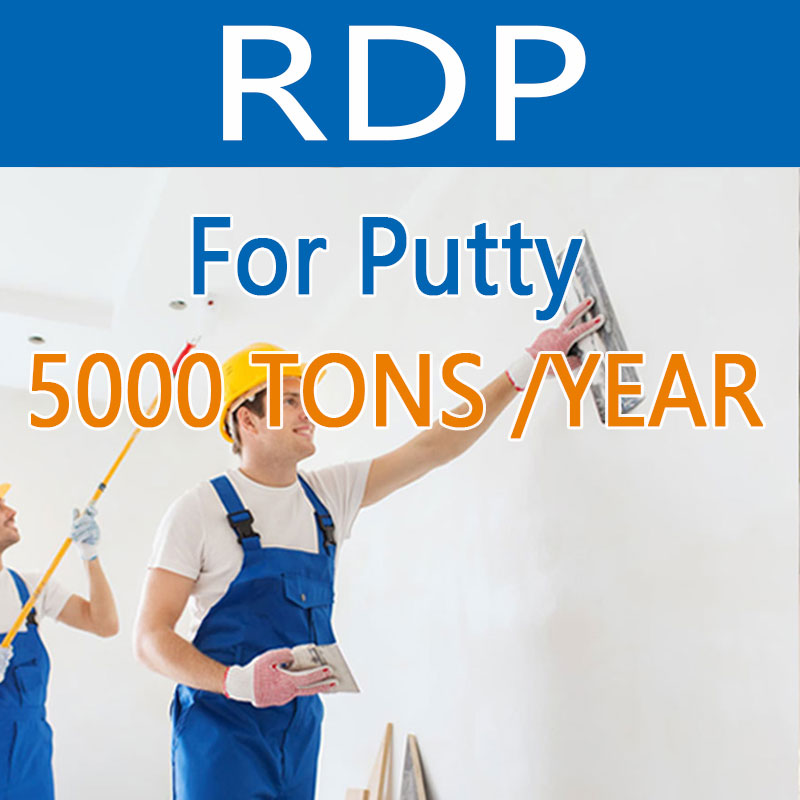RDP (Redispersible Polymer Powder) and VAE (Vinyl Acetate Ethylene) Powder are both polymer powders widely used in the construction industry for their adhesive and binding properties. Let’s explore each of them:
Redispersible Polymer Powder (RDP):
Composition:
RDP is a copolymer powder that typically consists of vinyl acetate and ethylene, along with other modifying agents. These powders are obtained through a spray-drying process.
Water Redispersibility:
One of the key features of RDP is its ability to redisperse in water after drying. This property is crucial in applications where the powder is added to dry mixtures, such as cement-based mortars.
Improved Flexibility and Adhesion:
RDP enhances the flexibility and adhesion properties of mortars and tile adhesives. It acts as a binder, improving the overall performance of the construction material.
Water Retention:
RDP contributes to water retention in cement-based mixtures, allowing for better workability and improved hydration of cement particles.
Crack Resistance:
The use of RDP in formulations can contribute to improved crack resistance in finished construction materials, providing a more durable result.
Enhanced Cohesion:
RDP improves the cohesion of the material, reducing the risk of segregation and improving the consistency of the mixture.
Versatility:
RDP is versatile and finds applications in a variety of construction products, including tile adhesives, self-leveling compounds, plaster, and cementitious renders.
Vinyl Acetate Ethylene (VAE) Powder:
Composition:
VAE powder is a copolymer of vinyl acetate and ethylene. It is often produced through emulsion polymerization and then converted into powder form.
Film-Forming Properties:
VAE forms a flexible and durable film when applied to surfaces. This property is beneficial in coatings and adhesives, contributing to the overall performance of the material.
Adhesive Strength:
VAE powder is known for its excellent adhesive properties, making it suitable for applications where strong bonding is required, such as in tile adhesives or wallpaper adhesives.
Water Resistance:
VAE polymers offer good water resistance, enhancing the durability of the material, especially in exterior applications.
Low VOC Content:
VAE-based products often have low volatile organic compound (VOC) content, making them environmentally friendly and compliant with regulations.
Textile Binders:
VAE is used as a binder in the textile industry, providing fabric coatings with improved strength and durability.
Paints and Coatings:
VAE powders find applications in water-based paints and coatings, contributing to improved adhesion, flexibility, and overall performance.
Both RDP and VAE powders play crucial roles in improving the properties of construction materials, such as mortars, adhesives, and coatings. The choice between them depends on the specific requirements of the application, and they are often used in combination with other additives to achieve desired results. It’s essential to follow recommended guidelines and dosage instructions provided by manufacturers for optimal performance.


